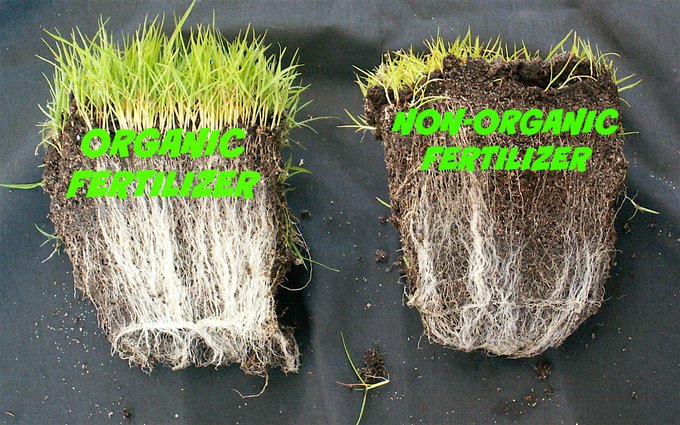By Sue Edmonds
For most of the 18 years I’ve been writing about farming issues the buzzword has been ‘sustainability’. Of late it seems to have morphed into ‘regenerative farming’, which aims to do a lot more than sustain, including rebuilding eroded soil and reintroducing the necessary soil life to create the nutritive food the humans, plants and animals of the world need.
So, what have so many of the world’s farmers been doing wrong?
While the original intent of sustainability was to enable farmers to keep farming safely and profitably for ever, what it actually turned into was a purely chemically supported system where calculations were constantly made of what the pasture/crop removed of various chemical elements from the soil when grazed/harvested. A similar amount of the relevant element then needed to be spread back on the pasture/soil.
It was great for those that sold such elements. Earnest reps with calculators were guaranteed regular sales from farmers who had been indoctrinated since about the 1940s that ‘conventional farming’ was what would give the biggest yields. A guy called Justus von Liebig had had the bright idea in 1840, but it wasn’t until after WW1, when they stopped using the relevant chemicals to make munitions, that the idea started to catch on. And after WW2 there were enough producers, particularly in the USA, to supply every farmer with lovely chemical fertilisers on land which was well ploughed. And they were used!
Actually, it was all that ploughing which began the downturn. Nobody knew much about soil life then, so chewing it up several times a year wasn’t counted. And the Great Plains soils, which had taken thousands of years to build topsoil, by then didn’t have soil life to hold it together. Thus, when there were long droughts or big storms, that precious topsoil blew off in great black clouds which covered Chicago and then Washington with a black film.
The chemicals did increase yields for a while, but then they shrank and shrank, and yet more native prairie was ploughed. Although there were those, such as Sir Albert Howard and J. I. Rodale who were investigating soil life and organics in the 1940s, it wasn’t until the 1960s and 70s that science finally caught onto the idea that whatever occurred naturally in soil must be doing something right, because what wasn’t being ploughed and fertilised was still growing as it always had.
It took until the 1990s when enlightened farmers such as Gabe Brown of North Dakota finally began to imitate nature in his farming practices that things really took off.
So where does New Zealand’s farming fit into all of this? Well, like many other countries, if we are to manage our environment, reduce our carbon footprint, clean up our waters, and produce food with the nutritive value that our customers are going to start asking for, we’ll need to make a few changes. Our nearest neighbour is already well onto it, as is the USA and parts of the EU.






